Last week I talked about what I’ve been doing in my Intro to American Studies class. Today I’ll talk about my main project in Digital Humanities.
The first part of this project is something you’ve already been looking at: this website. Since I had already made a website for myself over the summer to document my museum work, I had a head start on this endeavor. Once I picked WordPress as my platform and settled on a template, I copied and pasted material while updating the text to emphasize current work.
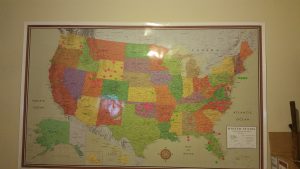
The second part is what you see when you click on the link “Roswell Museum Federal Art Center,” located in the main menu. This takes you to a Scalar book I’ve been working on about the early history of the Roswell Museum.
Scalar is a platform that allows for more open-ended browsing than conventional books, and allows you to easily incorporate text, images, visualizations, video, and more. I like to think of it as a super blog.
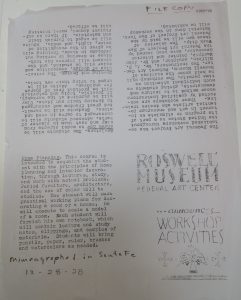
Like my website, this project is based on preemptive work I did when I was still working at the museum. Shortly before I left my position there, I completed two projects relating to its archive. One was an exhibition, on view until mid-2019 or so. The other was a draft for a guidebook. The museum last published a guidebook on its collections in the early 1980s, so it’s been due for an update. Rather than create one big guidebook covering everything, however, the director and I had been mapping out a plan to publish a series of smaller guidebooks on different facets of the collections, allowing visitors to pick and choose which holdings they’d like to learn more about. We imagined having different experts write these books, whether it was the curator, a contract scholar, or someone else. To kick off this project, I wrote the draft for the WPA guidebook. Since I keep all of my writing in cloud storage, I still have access it, so I had a working text that I could revise and expand for a new project.
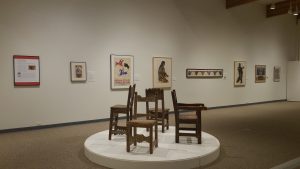
I’ve also been thinking about the need to digitize the museum’s historical archive for a while now. Back in 2016, when I was starting to explore the archive in earnest, I gave a paper at the annual Mountain Plains Museum Association conference suggesting that the museum eventually create an interactive website. Visitors to that site could track different exhibitions on their cross-country travels, follow a day in the life at the museum through the perspectives of the different people who worked there, and other activities. What I was describing was essentially a DH project, though I didn’t know it at the time because I wasn’t as familiar with the terminology then.

The Scalar book I’ve been working on is a modest version of what I recommended in that presentation. A project like that would take years to complete, and I simply don’t have enough time in the semester to do that. Instead, I opted for a platform where I provide a basic narrative of the museum’s early history to give readers context, and then go into greater detail into certain areas rather than try to cover everything. My discussion of exhibitions, for example, provides a survey of all the shows for 1937-1942, but goes into greater analysis for the first year of operation, 1937-1938, largely because this one is the most complete in terms of documentation. For this year, I use graphs, timelines, and other visualizations to provide readers with some kind of analysis.
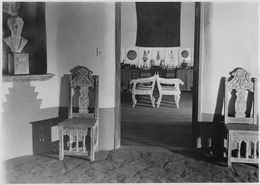
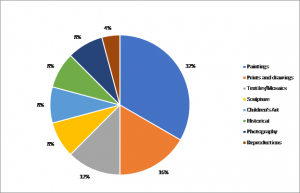
The long-term objective of this project is to help gather interest in the long-term future of the Roswell Museum’s digital presence. Over the next several years, I’d like to fully digitize the museum’s archive and upload it to a platform such as Omeka, which specializes in online archives and collections. I’d also like to see that Omeka site include several online exhibitions that delve into the topics I had mentioned in my 2016 talk in order to give visitors context for what they’re looking at.

My ultimate objective for this project extends beyond the Roswell Museum itself. I envision linking that Omeka archive to a national project that maps out all of the different art centers and recreates their travel infrastructures. I imagine visitors clicking on an individual site within that map and being taken to a site like the Roswell Museum’s, where they can learn about specific institutions. While my dissertation will be a written project, ideas like these make me think it should have a digital component too, something that people around the world can use.
So yes, this is definitely something I can’t complete in a semester, and it’s something I can’t do on my own. If I can attract interest and potential grant funding through a project such as the Scalar book though, something that provides a sufficient overview and explains why a larger project is necessary, that’s a good start to me.
